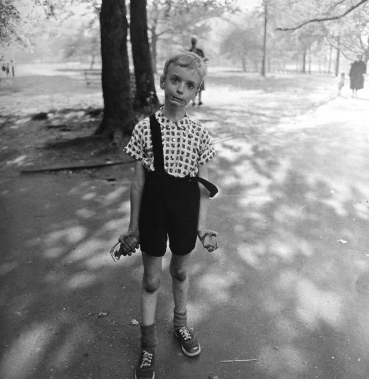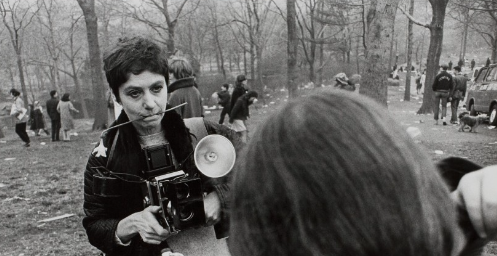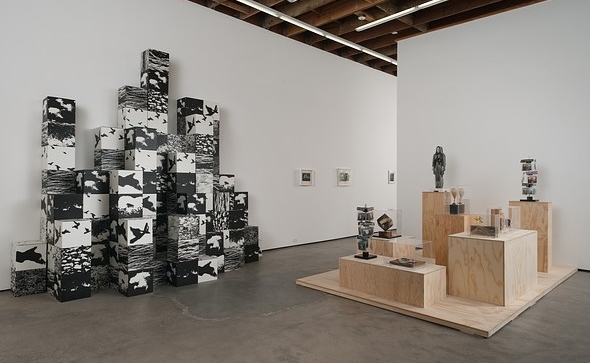Diane Arbus: Capturing the Unseen
Diane Arbus is one of the most iconic photographers of the 20th century, known for her groundbreaking work that explored the margins of society. Her ability to capture the human experience, particularly those often overlooked or misunderstood, makes her photography relevant even today. This post will delve into the essence of Arbus’s work and why it resonates with audiences around the world.
The Unique Perspective of Arbus
Diane Arbus had a distinctive way of seeing the world that set her apart from her contemporaries. Her portraits often focused on individuals who lived outside societal norms, such as circus performers, the mentally ill, and the LGBTQ+ community. By choosing subjects who were typically hidden or stigmatized, Arbus revealed their depth and humanity, allowing viewers to connect with them on an emotional level. Her work challenges us to question our perceptions of normalcy and beauty.
Innovative Techniques
Arbus was not just a keen observer; she was also an innovator in her approach to photography. She utilized medium-format cameras, which allowed for greater detail and intimacy in her images. Arbus often engaged her subjects in conversation before taking their portraits, creating a sense of trust and openness that is palpably felt in her photographs. This method transformed her pictures from mere documentation into profound explorations of identity and human connection, making her work timeless and compelling.
Legacy and Influence
The influence of Diane Arbus extends far beyond her lifetime. Her pioneering work paved the way for future generations of photographers to explore unconventional subjects and narratives. Artists like Nan Goldin and Cindy Sherman have cited Arbus as a significant inspiration in their own explorations of self and society. Today, her photographs continue to spark discussions about art, identity, and the moral implications of representation in photography. Exhibitions of her work regularly draw crowds, showcasing the lasting impact of her vision on contemporary culture.
In conclusion, Diane Arbus’s photography invites us to see the beauty and complexity in the marginalized. Her work remains an essential part of our understanding of identity and humanity. If you’re interested in exploring her legacy further, consider visiting a local gallery or picking up a collection of her photographs. There’s a profound world waiting to be discovered through Arbus’s lens.







